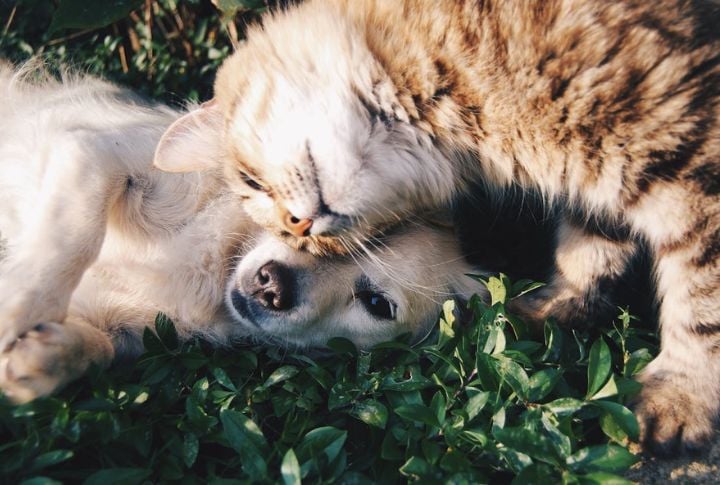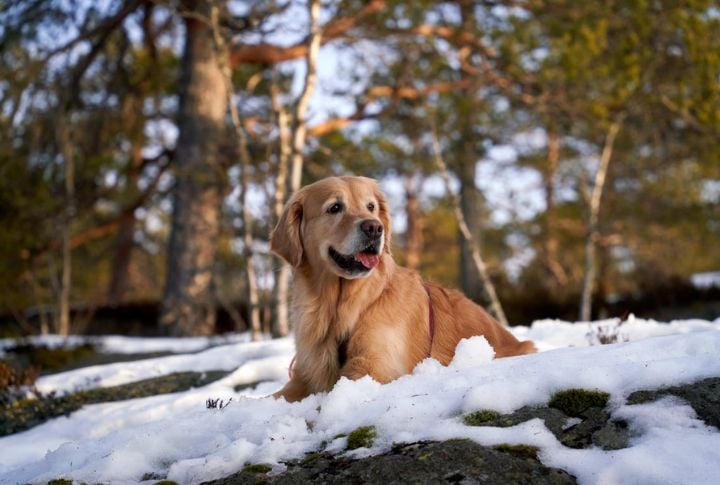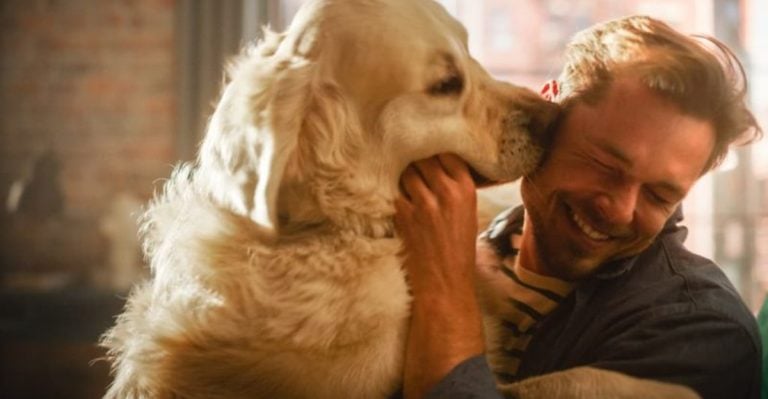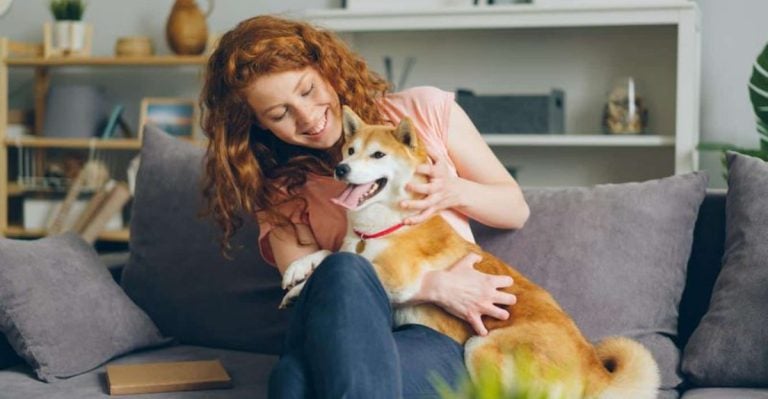15 Dog Behaviors That Always Catch People Off Guard

How do they keep doing it? Just when everything seems predictable, dogs pull out a behavior that flips the script. You can work with them for years, and they still manage to surprise, confuse, or impress. Here’s what still sticks—and why it never gets old.
They Track Time Without A Clock

These animals often anticipate events like meals or walks with surprising precision. This time awareness likely comes from circadian rhythms and consistent environmental cues. Without seeing a clock, they adjust to patterns using changes in light and sound.
Scent Memory Shapes Their World

A dog’s strongest memories are built through smell. Scent-based associations store familiar places, people, and experiences. Unlike visual recall in humans, dogs rely on olfactory memory to understand their environment and make decisions.
They Learn By Watching, Not Just Doing

Observational learning plays a major role in their behavior. Many dogs pick up routines or skills just by watching humans or other animals. This ability to learn indirectly shows adaptability and cognitive awareness.
Touch Means More Than We Think

Contact isn’t just physical—it carries emotional weight. A dog leaning into a person may be asking for comfort. A quiet paw touch can signal presence or affection. Through touch, dogs often express what they can’t show any other way.
They Form Attachments Across Species

They are capable of building emotional bonds beyond their own kind. Relationships with cats, farm animals, and even birds have been observed in homes and working environments. These connections reflect a deep social capacity shaped by consistent interaction and shared space.
They Interpret Human Eye Contact Differently

Unlike many species that see direct eye contact as a threat, dogs learn to read it as communication. They respond not just to where a person looks but to how long and how gently. This interpretation plays a key role in trust-building and cooperative behavior.
Their Sleep Patterns Reflect Their Bond

If your dog is well-adjusted, they will sleep more deeply when close to their humans. However, changes in sleep, such as restlessness or pacing, often signal emotional discomfort or a weakening bond with a familiar person or pet.
Every Breed Solves Problems Differently

Breed plays a role in how dogs approach challenges. Herding dogs may focus on order and repetition, while retrievers use environmental cues and trial-and-error. These styles reflect the tasks for which they were originally bred.
They Notice Subtle Environmental Changes

Dogs respond to changes that humans overlook. A slight shift in scent or background noise triggers alert behavior. This sensitivity helps them react early to approaching storms or unfamiliar presences before more obvious signs appear.
They Use Play To Resolve Conflict

Play repairs social tension between dogs. After minor disagreements, physical interaction often reestablishes trust. The behavior is deliberate, not random. It usually follows stress and signals that the situation has de-escalated, creating space for cooperation to return naturally.
Exploration Never Truly Stops

Curiosity doesn’t disappear with age. Senior dogs may move more slowly, but their desire to engage with the world holds steady. They still investigate changes in the home, sniff through familiar paths, and respond to novelty, even if the pace has softened.
They Show Grief Through Subtle Shifts

The loss of a close companion often changes a dog’s daily behavior. Eating patterns decline. Sleep becomes irregular. Once-enthusiastic responses grow muted. These shifts happen quietly, yet they persist. Grief is not shown through sound but in the absence of what once came naturally.
They Remember Negative Experiences

Dogs can avoid individuals or environments linked to past discomfort. This isn’t spite—it’s memory. A single bad encounter at the vet or park might shift future behavior. Their choices reflect learned caution, shaped by experience rather than emotion.
Grooming Reflects Internal Stability

Excessive licking, fur loss through chewing, or complete disinterest in grooming usually signals a shift in emotional or physical health. In contrast, measured and rhythmic grooming behaviors tend to indicate comfort and confidence. Sudden changes should prompt closer observation, as they typically mark an emerging issue.
They Change Roles Based On The Situation

Dogs don’t stay in one social role all the time. One might take charge during mealtime but follow another dog during play. These shifts aren’t random. They reflect how dogs read each other and respond based on trust, past experiences, and the situation.






